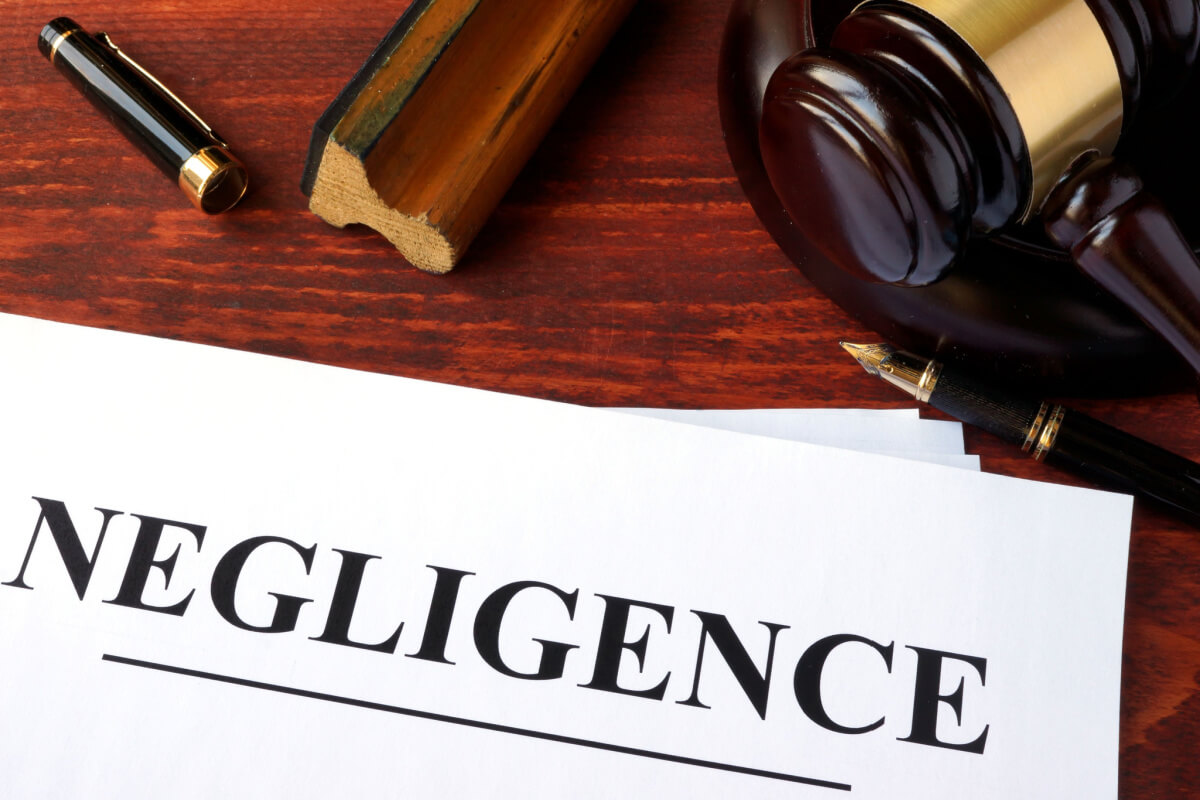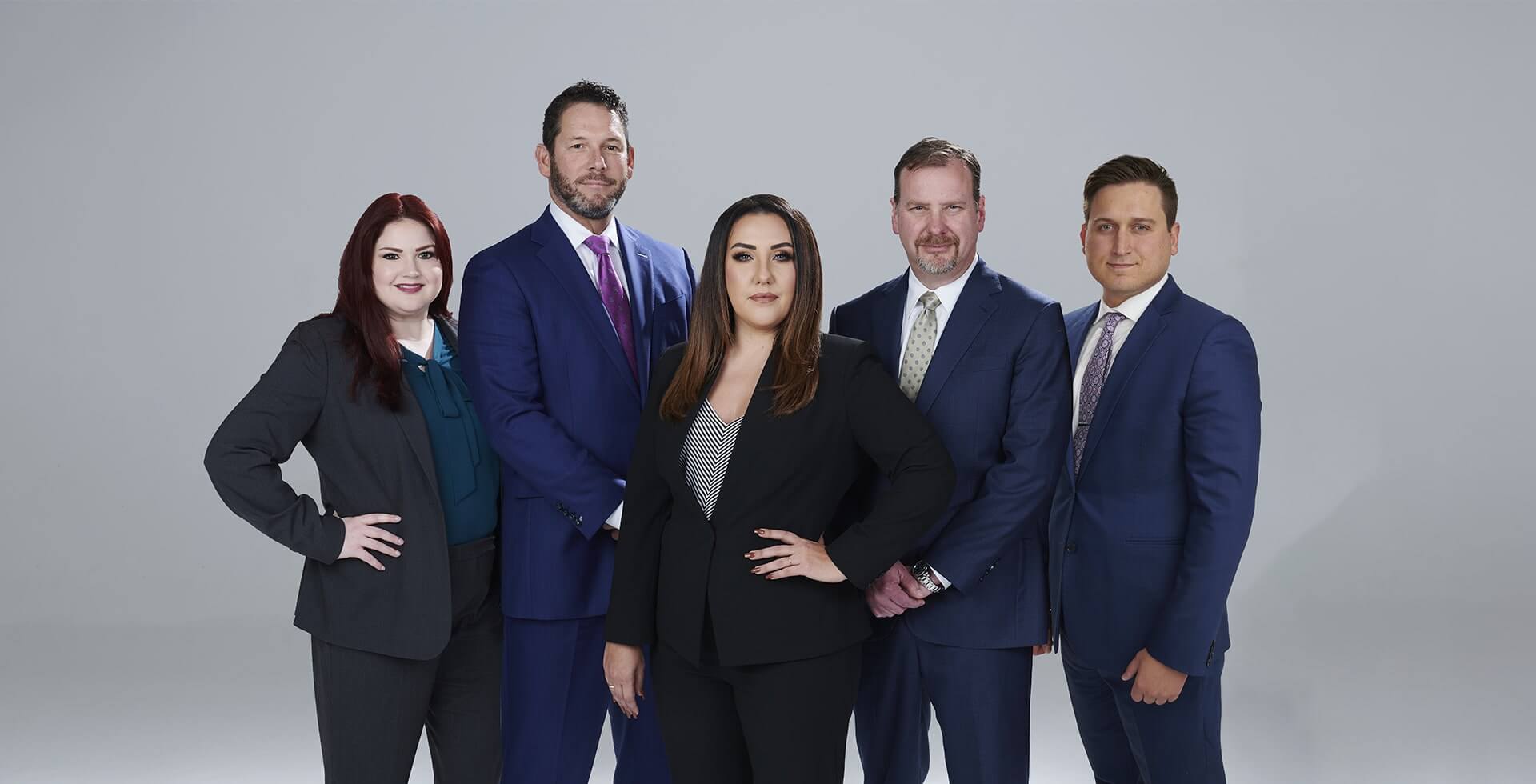
Accidents and injuries are a part of daily life in Oklahoma and everywhere else.
Although personal injury claims comprise everything from premises liability cases to wrongful death litigation, a significant portion of personal injury claims in Oklahoma involve car accidents and other forms of motor vehicle crashes. The key to obtaining compensation in a personal injury lawsuit is proving negligence. According to Oklahoma personal injury law, someone is deemed negligent if their behavior is more careless than it would have been expected of them in a similar situation.
To establish negligence in personal injury claims, you need to prove these four elements: a duty, a breach of duty, causation, and damages.
To help you better understand your obligations, let us take a closer look at the elements of a negligence claim:
The first stage in evaluating a negligence claim is determining whether the defendant owes the plaintiff a legal duty of care. In some cases, the relationship between the plaintiff and defendant may give rise to legal responsibility. A duty is a connection between the victim and the perpetrator.
It can be proven in court by a jury or a judge.
By creating this duty, the offending person becomes legally responsible for the victim’s safety in some way. Common duty instances include a driver’s responsibility to maintain pedestrians’ safety using the sidewalk, a doctor who has a legal obligation to a patient to provide competent medical care, or the obligation of a business owner to offer a healthy workplace.
After establishing the existence of a duty, the alleged obligation’s breach shows the degree of the offender’s fault. Any behavior or decision that does not correspond to what a reasonably prudent person would do in the same situation is considered a breach of duty.
A driver violates their responsibility if they drive on the wrong side of the road or go over the posted speed limit, which immediately causes an accident, resulting in the victim’s physical injury.
A negligence claim will only be upheld if it can be proven that the defendant owed the plaintiff a duty and breached that duty, and that the plaintiff was injured due to the defendant’s breach of that duty. If the defendant’s actions had a significant role in the damage’s progression, they would be regarded as a cause of the harm.
Several factors may contribute to harm; in some instances, another factor may be so significant and unforeseen that it overrides the defendant’s acts and eliminates the defendant’s liability. Therefore, the plaintiff can only prove causality if a superseding cause does not exist.
The claimant must demonstrate if the incident resulted in bodily injuries and the scope and type of damages. This requirement states that the plaintiff must be able to receive compensation from the court for the harm, typically in the form of monetary payment for costs like medical care or property repair.
To evaluate your liability better, take a deeper look at how to establish the elements of a negligence claim:
A defendant may owe the plaintiff two types of duties. In most cases, the law requires people to exercise “due care.” The level of care that a “reasonably prudent individual” would apply in the same or similar scenario.
If the defendant’s actions are consistent with those of a reasonable man, he has performed his duty of care. If a court finds that the defendant’s actions fell short of what a reasonable man would have done, then the defendant has violated his responsibility.
The second obligation is a “special duty” in addition to or in place of the standard duty of care. The law or justice system imposes it.
For instance: A state passes legislation mandating snow removal from sidewalks in front of all homes. This law gives every homeowner in the state the responsibility to ensure that his sidewalks are free of snow to protect all pedestrians.
There is no technique for determining whether a defendant violated the relevant standard of care; the judge or jury must decide this. Attorneys frequently characterize the issue as one of foreseeability. If a regular person in the defendant’s situation had known that their actions could have led to the injury that occurred, then the defendant’s actions were negligent.
In the case of professionals, witnesses are frequently called in to testify about industry standards and whether the professional’s actions conformed to those standards.
The plaintiff must prove that the defendant’s actions led to an injury to establish actual causation. There are two distinct categories of causation in civil claims:

Damages include costs associated with the defendant’s failure to exercise reasonable care. It may involve paying for medical bills related to a patient’s injury treatment or paying to repair any damage to personal property, such as a vehicle.
A plaintiff must be able to provide the court with a monetary value that will cover the financial loss or physical injury to submit a personal injury claim. You must therefore show that the defendant’s fault resulted in your economic despair.
It is a prevalent misperception that everybody injured in an accident has a right to compensation. Instead, one is entitled to compensation only if the other party was at fault for the injuries. Proving negligence is complicated if you have built a solid case to support your claim.
However, with the assistance of an experienced attorney, everything appears to be concise. If someone else’s negligence caused an injury, the plaintiff might be entitled to financial compensation for medical expenses, lost wages, or suffering.
Contact us or call us at 918-359-6600 for a free consultation and we will discuss with you how we can help you receive the compensation you deserve.

When injury victims need a law firm with a reputation for excellence, turn to Graves McLain Injury Lawyers. We are a top-rated personal injury firm determined to be the best. With decades of award-winning representation, our clients recover the compensation they need to put their lives back together.